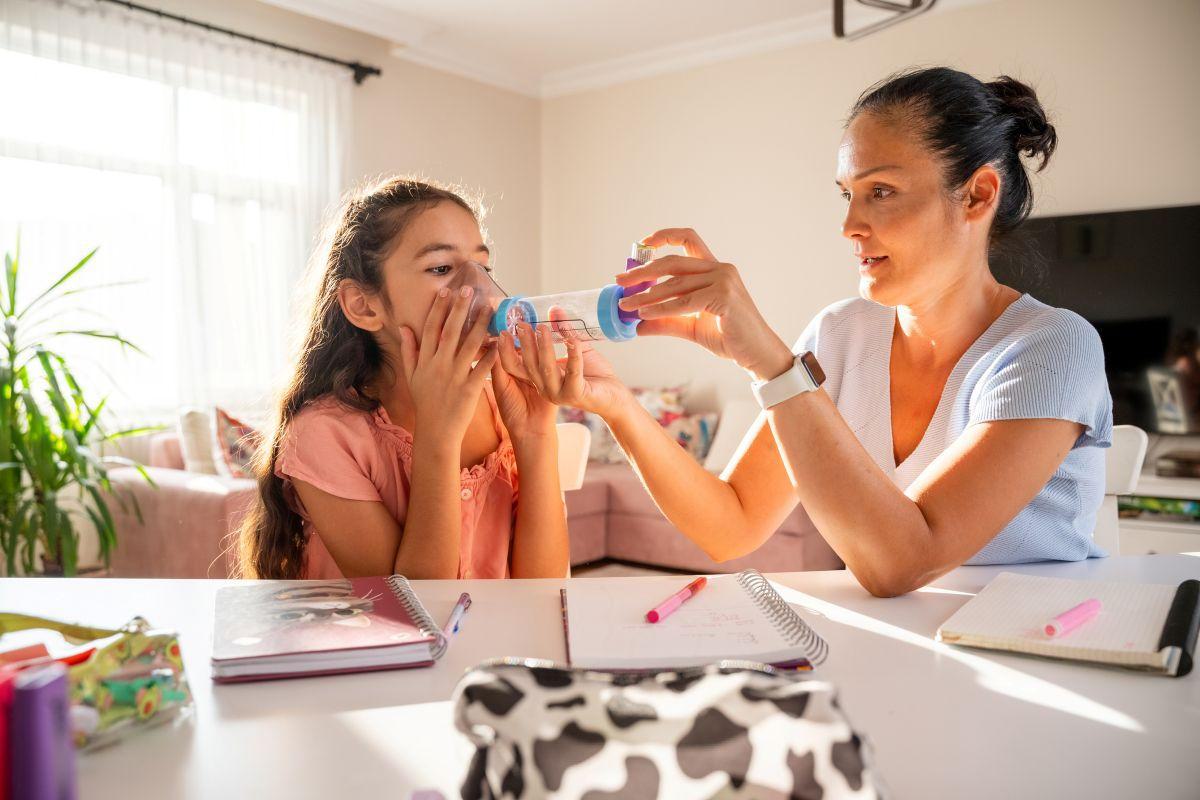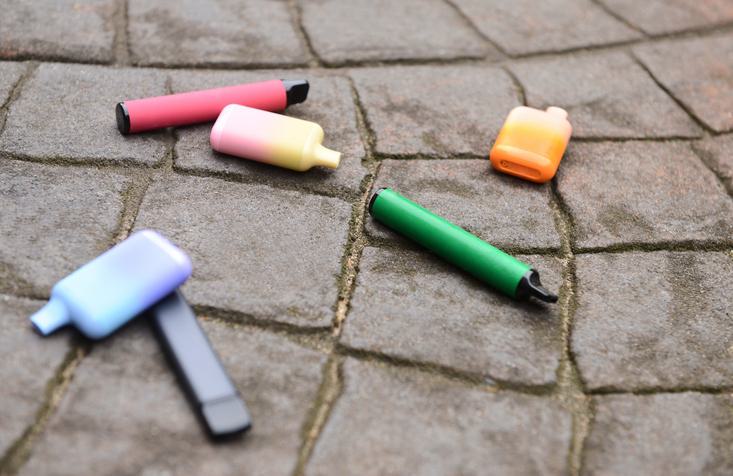
With the new school year, make sure your child has what they need for a successful, healthy year ahead. The American Thoracic Society maintains patient resource materials as a public service.
Are you a clinician? Keep your patients informed of lung health risks that come with the start of a new school year and share these resources with them.
It All Starts with Vaccines
Vaccines are an effective, proven method to prevent serious respiratory infections. With vaccine rates declining, now more than ever we need to make sure immunizations are up to date. Learn more about how you can protect your child from infections like the flu and measles.
In this ATS Breathe Easy podcast, two leading experts discuss the critical role of vaccines in protecting children and high-risk populations. They also speak about the rise in measles cases and how vaccines help protect children and adults from measles.
Vaccine Resources from the American Academy of Pediatrics
AAP Recommended Immunization Schedule
Poorly controlled asthma can sideline children, making it difficult for them at home and at school. Exercise can trigger asthma in some children. Vaping as well as exposure to air pollution have been shown to also trigger asthma symptoms.
Asthma-Related Resources from ATS
Asthma and Exercise for Children and Adults
Using Your Metered Dose Inhaler (MDI)
Respiratory Infections and Lung Health
Asthma Medication and Treatment Resources from the Allergy and Asthma Network:
Video Series: How to Use an Asthma Inhaler
Asthma Medication and Treatment
Oral Corticosteroids (OCS) for Asthma
How to Use a Metered Dose Inhaler
How to Use a Dry Powder Inhaler
Holding Chambers and Spacers for Asthma

Vaping on the Rise
Vaping is the practice of inhaling and exhaling aerosol containing nicotine and flavoring produced by an e-cigarette or "vape" and has increased in popularity of the last decade. Children are especially taking to this dangerous practice, with 3.5% of middle school students using e-cigarettes, according to the CDC's National Youth Tobacco Survey. This is an increase from 2021, which had a 2.8 percent usage among that same population. Despite marketing claims, vaping is not a safe alternative to smoking, and is as addictive as using other nicotine products.
E-cigarettes are now the most commonly used tobacco product among middle and high school students in the U.S. Right now, about 1.6 million teens — nearly 6 percent — report that they vape.
Young people say they try vaping for many reasons: seeing friends or family members do it, curiosity about fruity or candy-like flavors, wanting to experiment, social media influence, and even stress or anxiety.
Vapes may contain nicotine or cannabis. Both can be highly concentrated in today’s products—much stronger than they were in the past. This makes them more addictive and more harmful.
Because vaping is easy to hide, many parents don't realize when their child starts. That’s why it’s so important to have open, non-judgmental conversations early. Ask questions, listen, and share the facts. Kids are more likely to open up when they feel safe and not judged. Vaping can lead to real health problems, including asthma flare-ups and even serious lung injury. Talking about these risks now can help protect your child’s health in the long run.
Vaping Risks - Resources from ATS
Information on Vaping and E-Cigarettes
Research Studies for Clinicians
Vaping information courtesy of:
Devika Rao, MD
Associate Professor of Pediatrics | Division of Pulmonology and Sleep |Department of Pediatrics
University of Texas Southwestern Medical Center